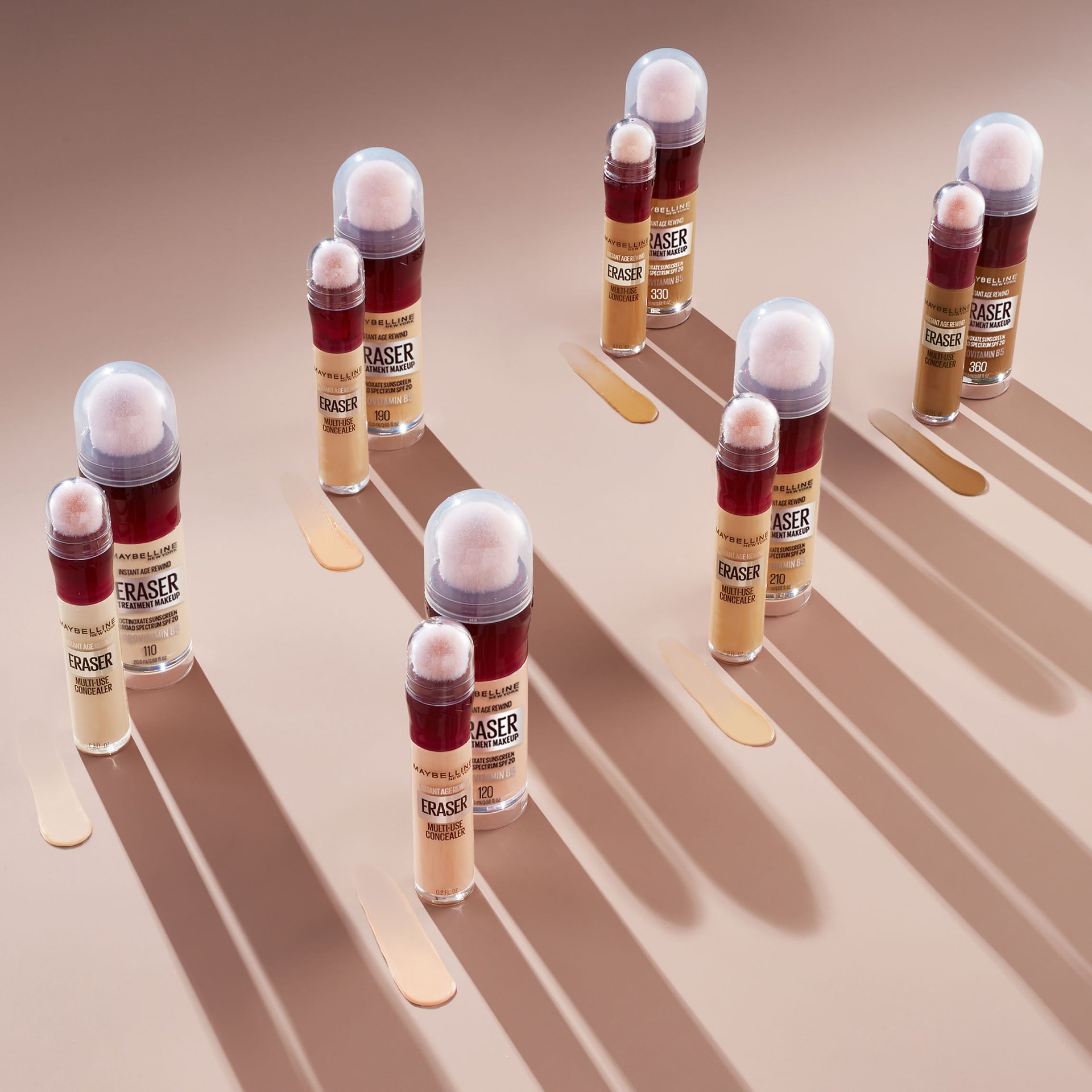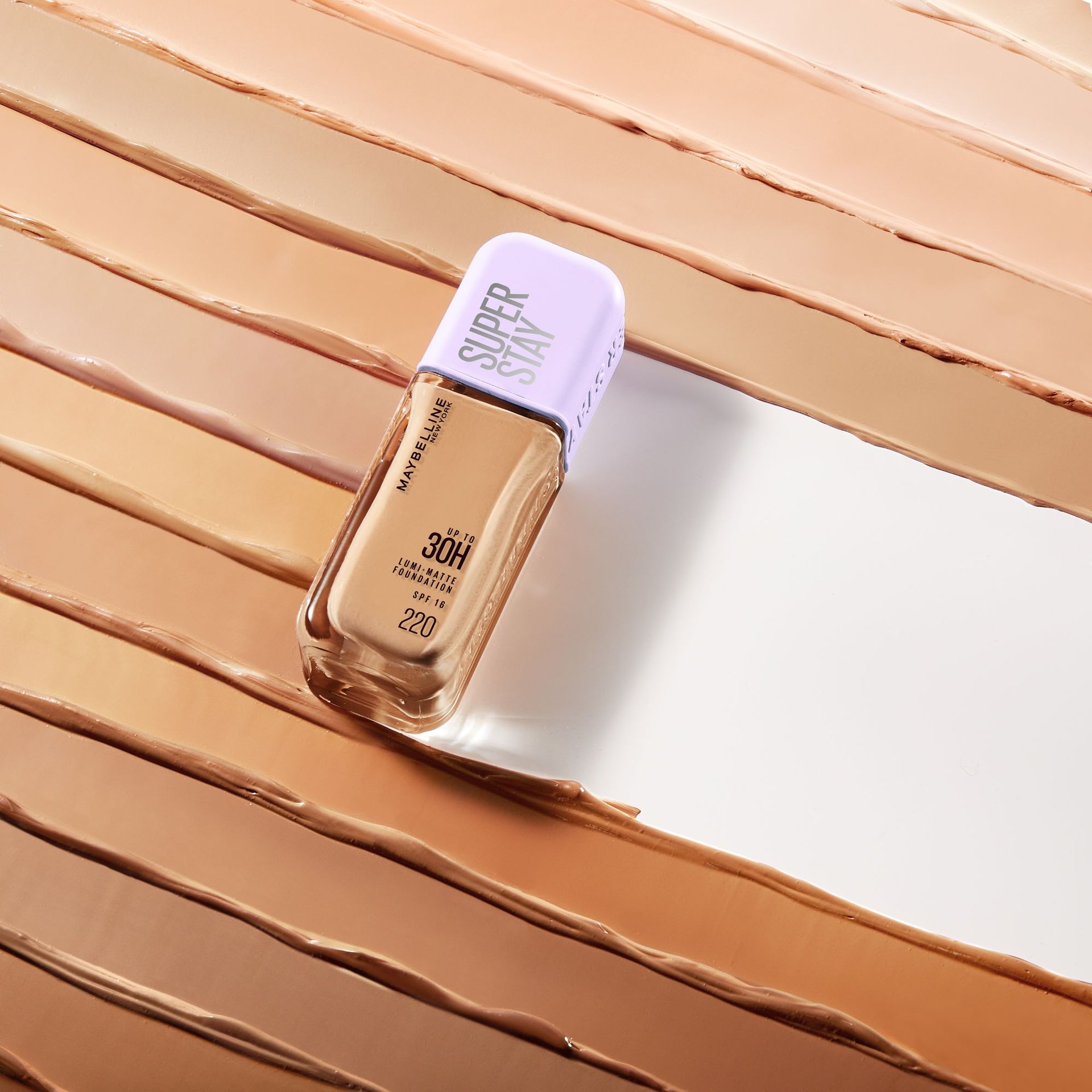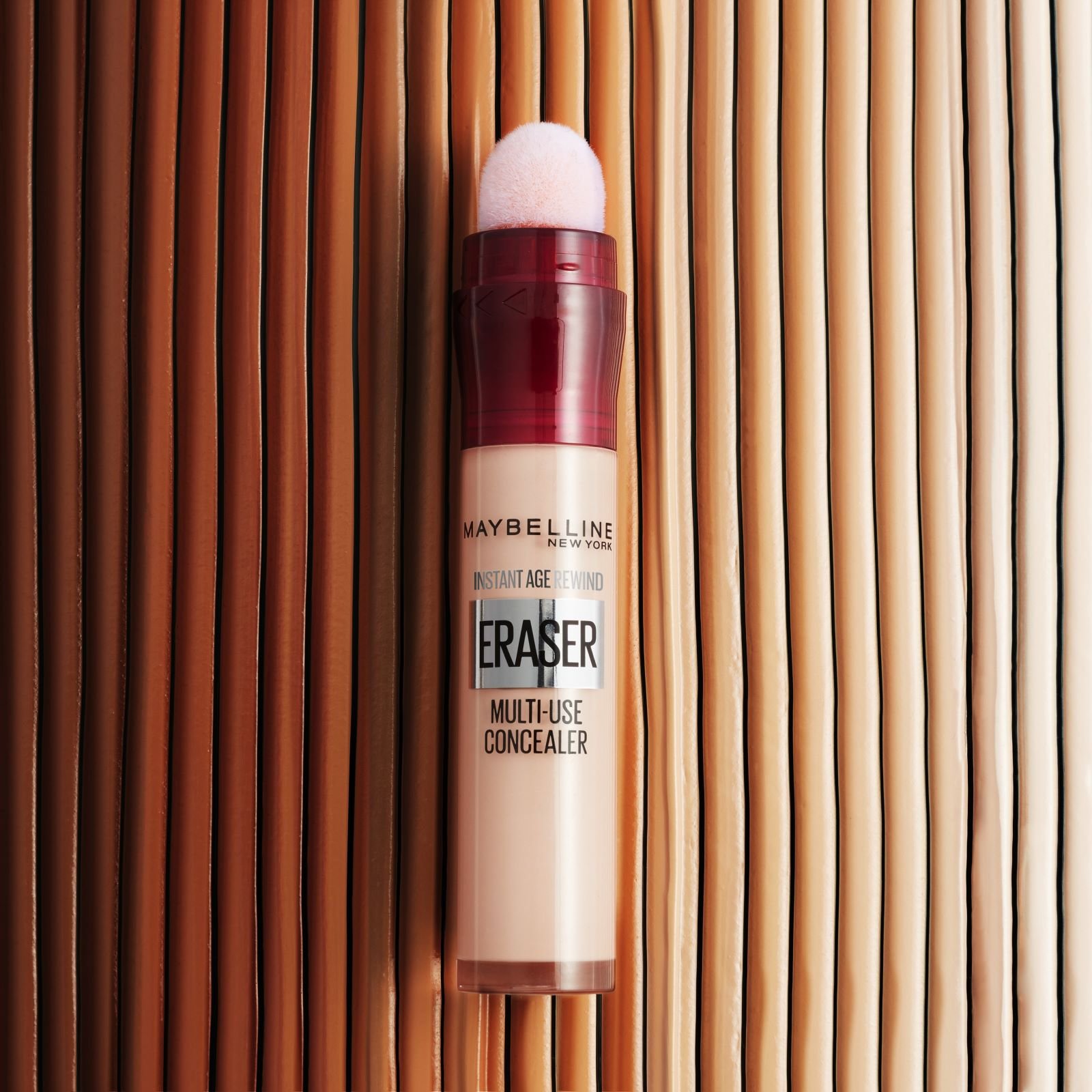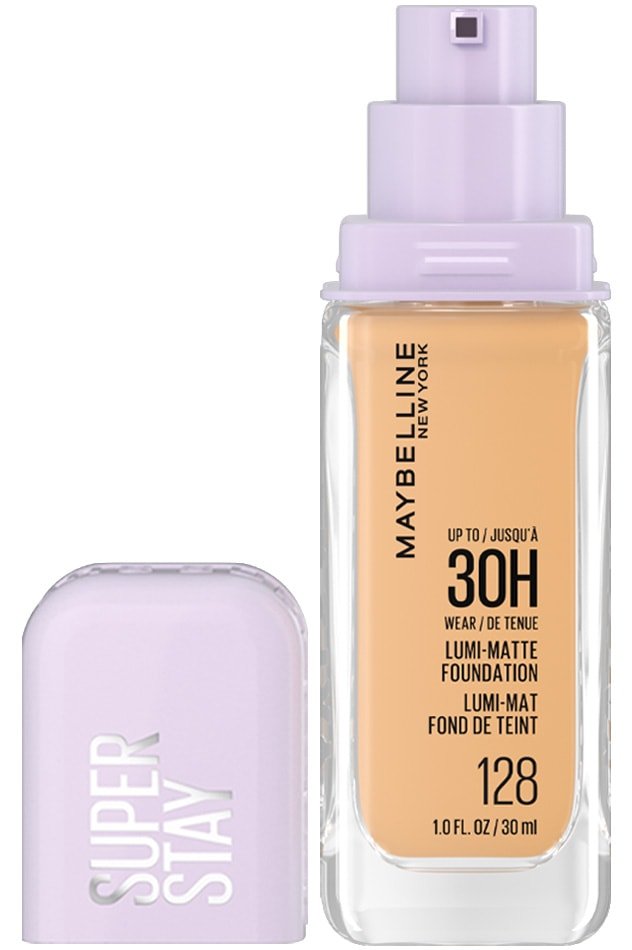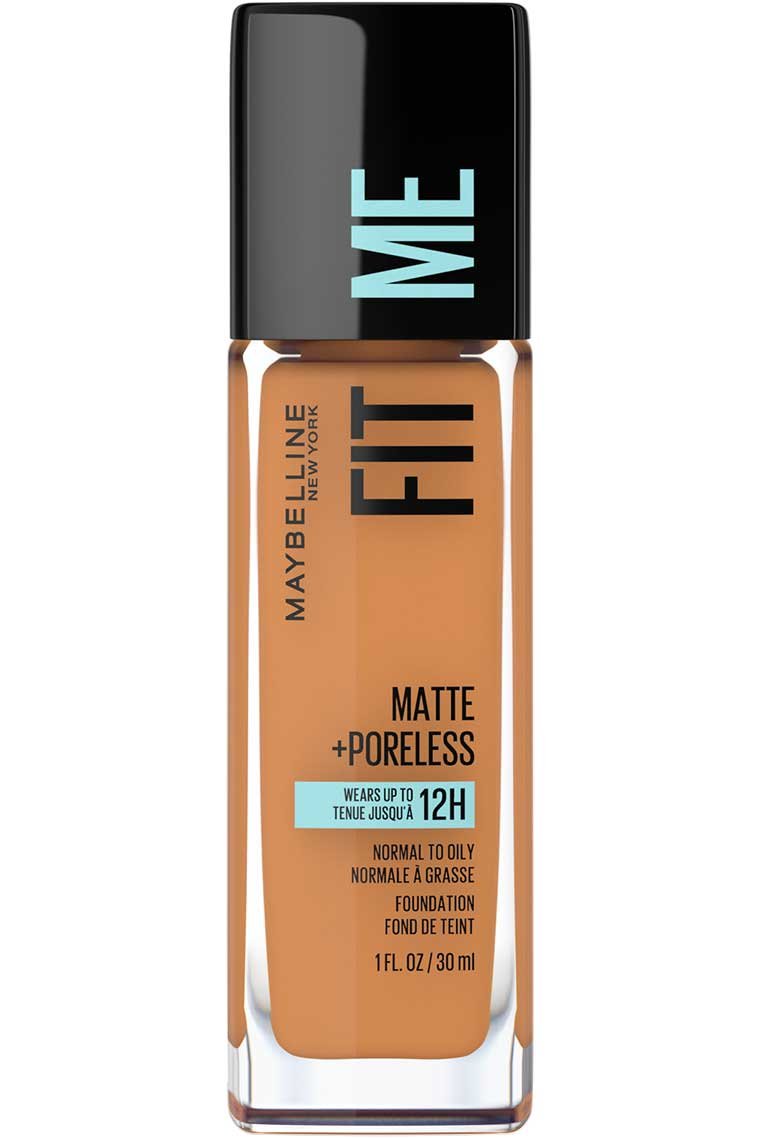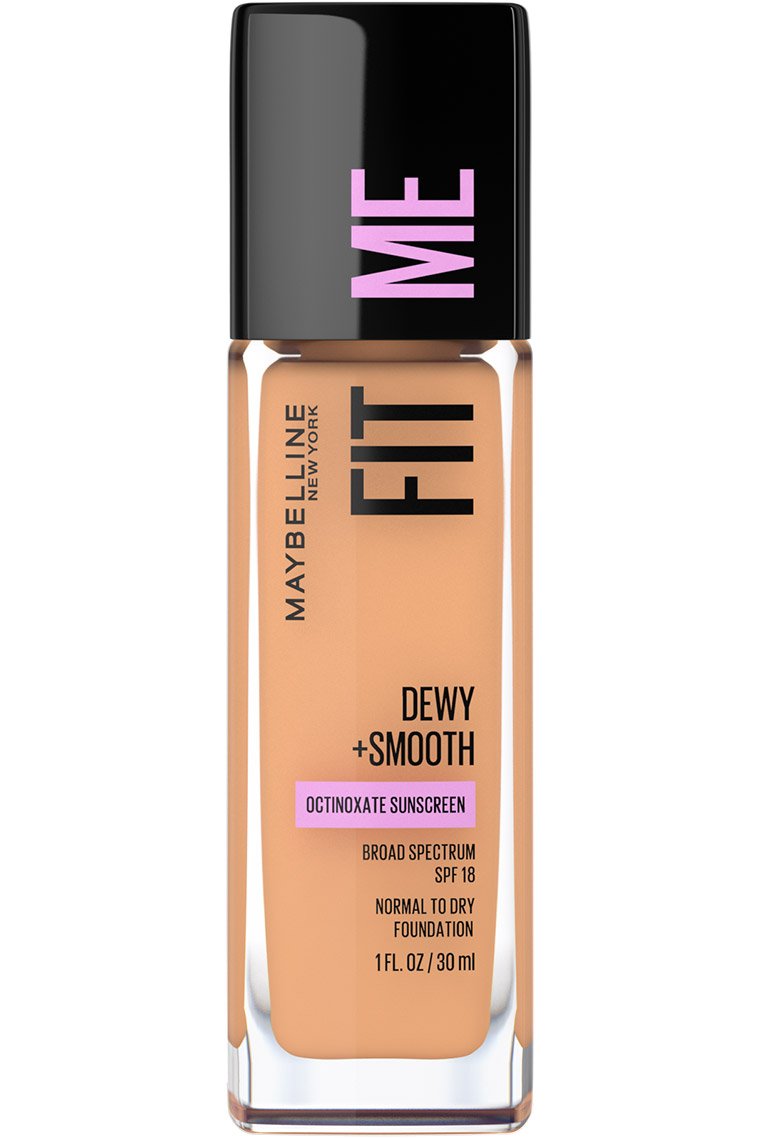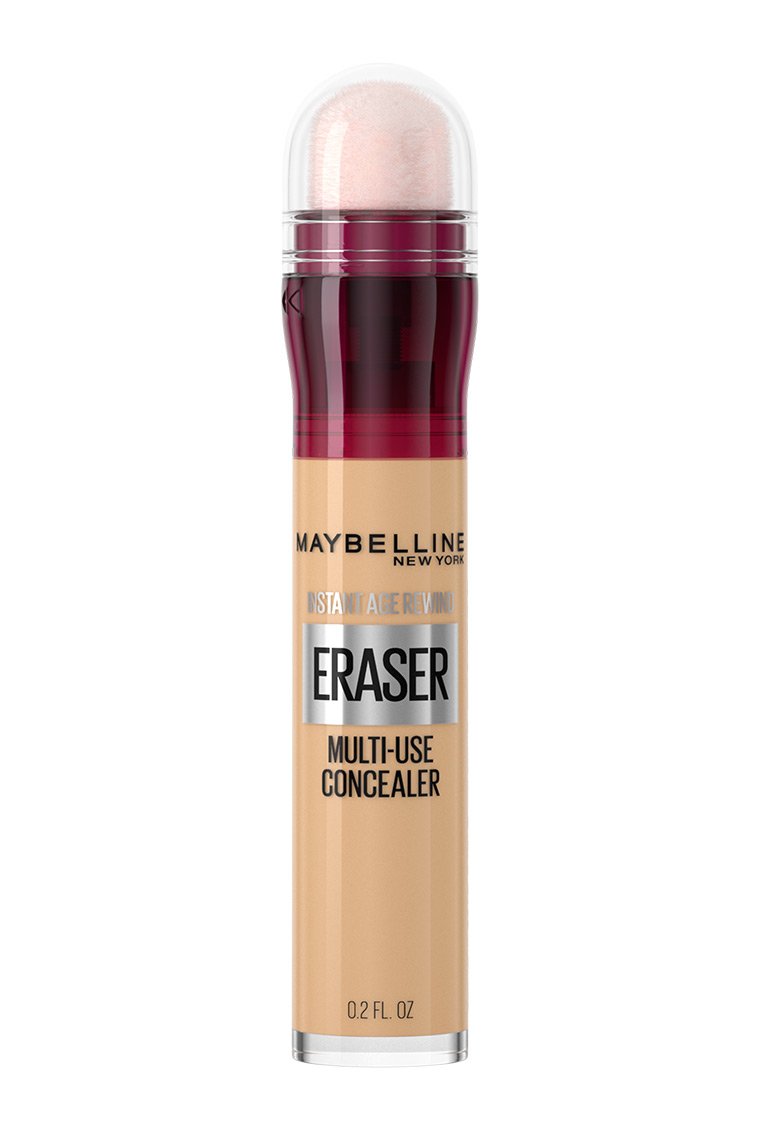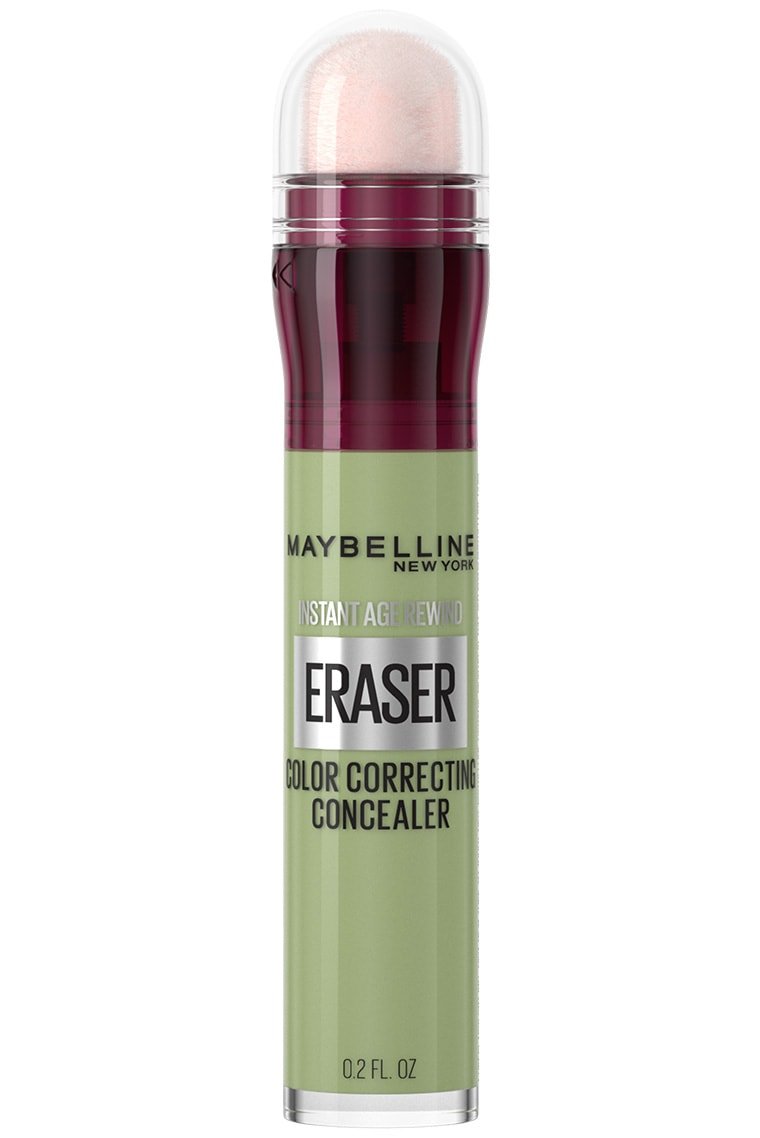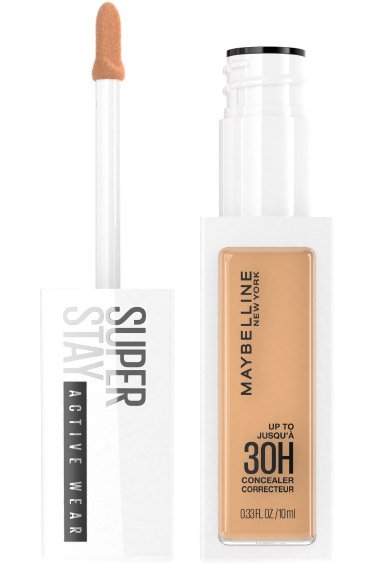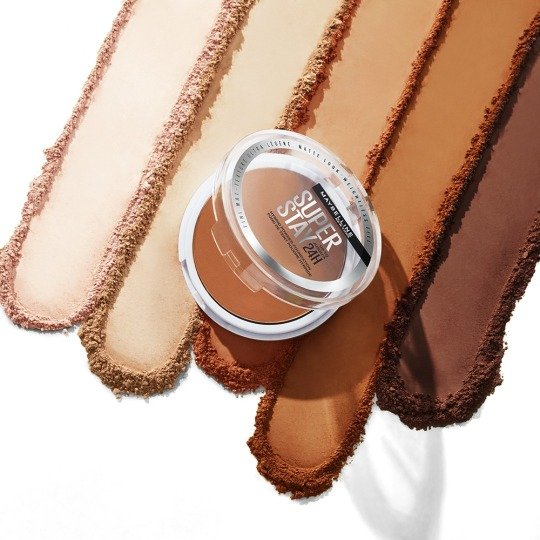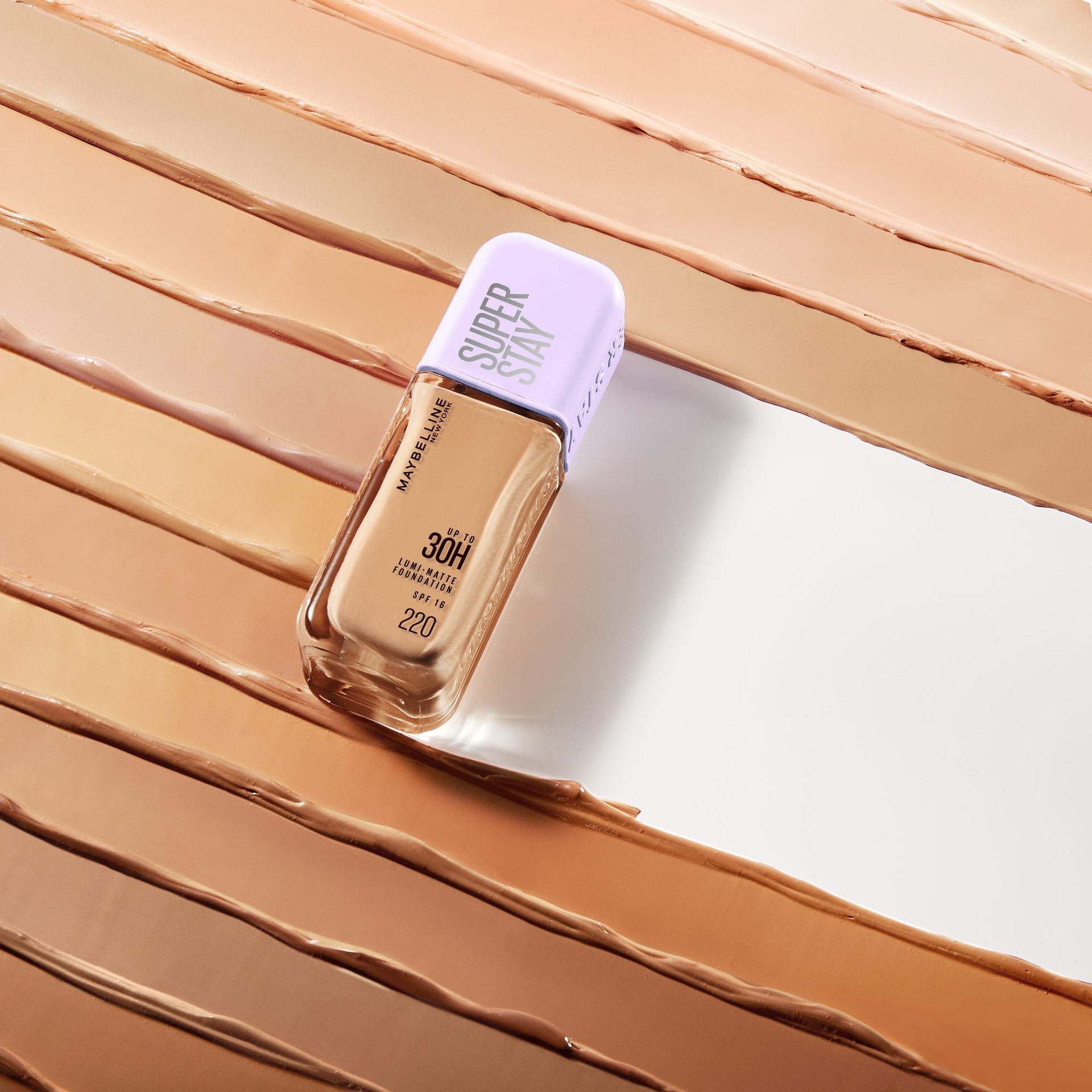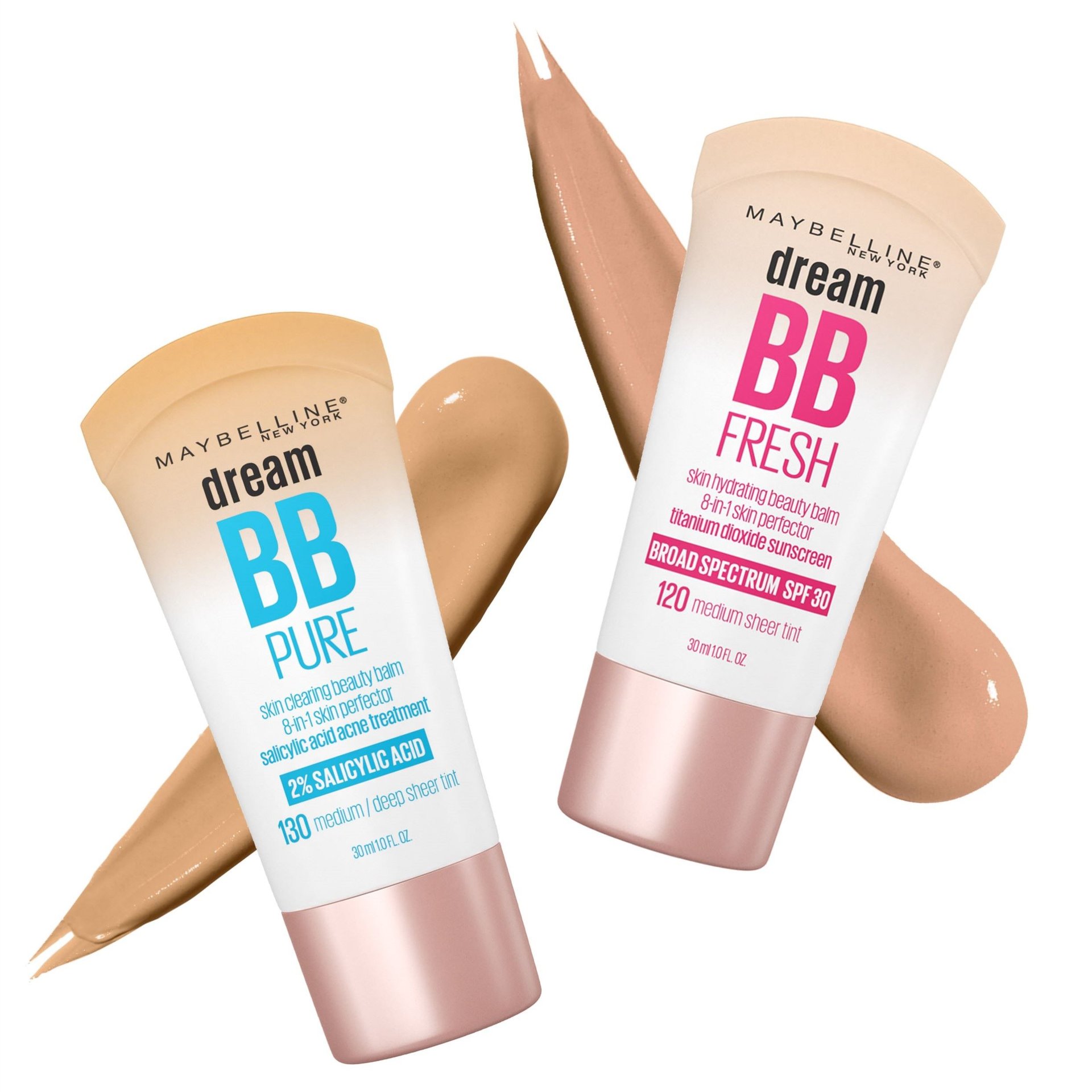Foundation vs Concealer: What's the Difference?
What Is Foundation and What Does It Do?
As its name implies, foundation is a complexion product that is used as a base for the rest of your makeup. It is meant to even out your skin and create a smooth canvas for the rest of the makeup that will follow. It can help to improve your skin tone, cover up blemishes and dark circles, and give you a more polished look. Foundations come in a variety of formulas, including liquid, powder, and stick, so you can choose the one that best suits your skin type and needs. There are also varying levels of foundation coverage; light, medium, and full, each referring to how much of your natural skin will show through. Light coverage foundation is a step up from tinted moisturizer and shouldn’t feel too heavy while full coverage foundation is going to completely cover up everything from breakouts and acne scars to melasma and enlarged pores.
Foundation also comes in different finishes, so you can choose a more glowy and natural vibe from Maybelline’s Fit Me® Dewy + Smooth or Dream Radiant Liquid®. But, if you prefer something sans shine, you can reach for Super Stay® Lumi-Matte Foundation or Fit Me® Matte + Poreless Foundation. And we can’t talk about foundation without mentioning the importance of using the perfect shade. To find your foundation match, there are a few things to consider like your undertones and your desired finished look. Maybelline also offers a shade-matching tool called Foundation Finder that analyzes your skin tone to find your perfect shade.
What Is Concealer and How Is It Used?
Concealer can also be used as a highlight or contour product. You can use a shade lighter than your natural skin tone on areas that you want to brighten and a shade or two darker on areas that you want to contour like the sides of the nose, cheekbones, and jawline.
What Is the Difference Between Concealer and Foundation?
The main difference between foundation and concealer is the coverage they provide. Foundation provides sheer to full coverage, while concealer provides spot coverage. Foundation is also typically applied to the entire face, while concealer is applied to specific areas.
Another difference between foundation and concealer is the texture. Foundation is typically thinner and more fluid than concealer, which is thicker and more opaque. Concealer is usually more concentrated because its job is to literally conceal certain areas while foundation has a thinner consistency so that it’s able to spread across the entire face. Depending on the formula of each that you use, this can vary, but concealer having a thicker feel is typically the norm. Foundation is meant to even everything out at once and then concealer can be used as extra coverage on any spots that foundation didn’t completely cover. This approach allows your skin to still appear somewhat natural because the heavier formula isn’t covering your entire face, just added to the areas that needed a little extra TLC.
Foundation vs Concealer: Which Should You Apply First?
Should you have some serious areas of discoloration that you’re looking to cover, though, it may be more beneficial to use concealer first to neutralize darkness or discoloration and then apply your foundation on top. You might even choose to apply your foundation around the areas with concealer rather than directly on top so as not to disturb it.
If you’re having a no-makeup makeup day, you may want to skip foundation altogether, instead focusing on really good skincare and then using your concealer to cover certain spots. In this case, it’s even more important to blend so that you can sheer out the thickness of the concealer, allowing it to appear more natural and skin-like.
Concealer vs Foundation FAQs
Here are the answers to some frequently asked questions about concealer and foundation:
Shop Foundation & Concealer Makeup
Here are some Maybelline New York products that can help you achieve a flawless complexion:
